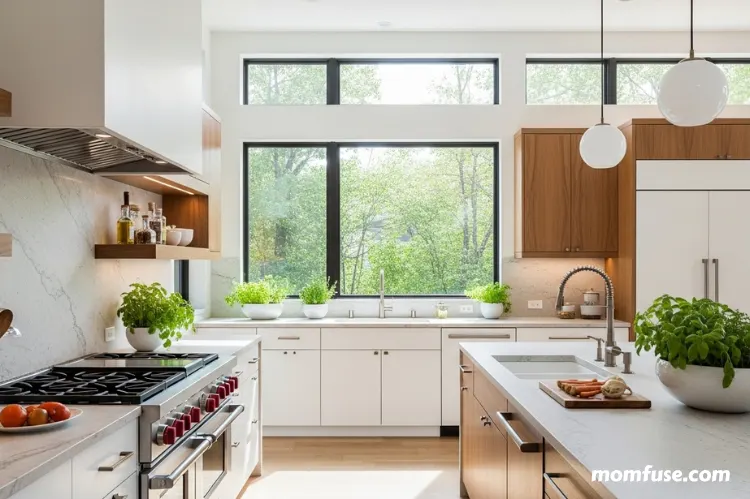A kitchen designed for wellness supports health, efficiency, and peace of mind. Choosing natural materials, smart lighting, and thoughtful layouts is essential as they make cooking and cleaning easier and more enjoyable.
Creating a wellness-focused kitchen takes time. Every decision, whether selecting the most appropriate color shade or installing your storage, requires thought and consideration. Taking care of even the most minor things will help you reduce stress and promote mindful habits.
Focusing on simple, evidence‑based design principles ensures the kitchen functions smoothly while encouraging a sense of calm.
Read this blog until the end to explore the eight design tricks for creating a wellness-focused kitchen.
Choose Soft, Natural Colors
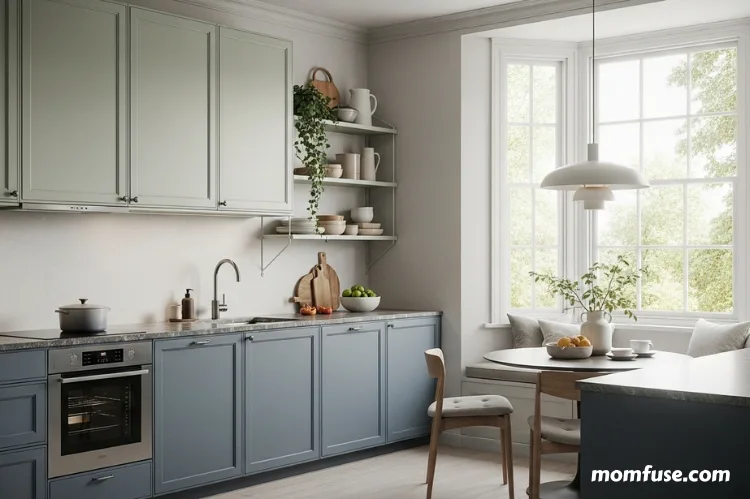
While designing your kitchen, you should select hues inspired by nature, such as sage green, slate blue, and warm taupe. These shades soothe the mind and encourage focus during meal prep. Avoid sharp contrasts or bright primary colors that may feel off-putting.
Instead, opt for matte finishes that reduce glare. Painting only upper cabinets or an accent wall in a muted tone can add personality to your kitchen décor without overwhelming the space. The goal is a backdrop that lets cooking become a mindful act rather than a chaotic chore.
Maximize Daylight
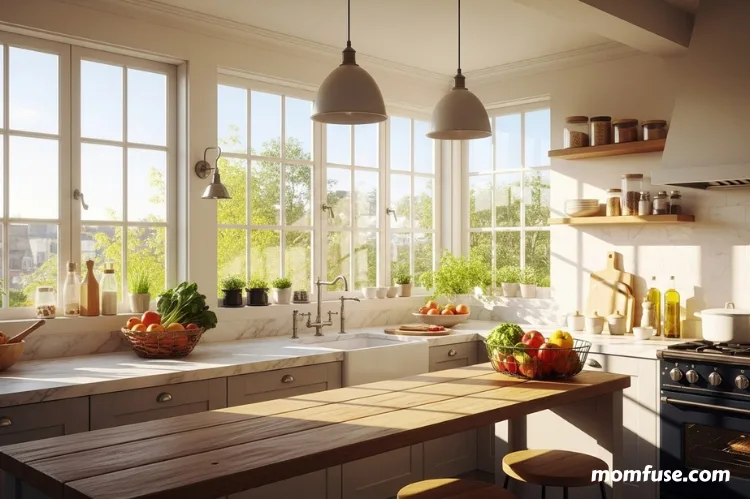
Arrange work areas near windows to capture as much sunlight as possible. Natural light boosts mood and helps regulate sleep cycles. Consider installing light-diffusing blinds or sheer curtains if privacy or glare is a concern. Place VMAT easy clean floor mats in suitable areas to enhance comfort and functionality.
Reflective surfaces, such as glass tile backsplashes or polished stone counters, help bring daylight deeper into the room. Where possible, keep window ledges clear for small potted herbs. The living green adds freshness and connects cooking to the natural world.
Bring in Living Elements
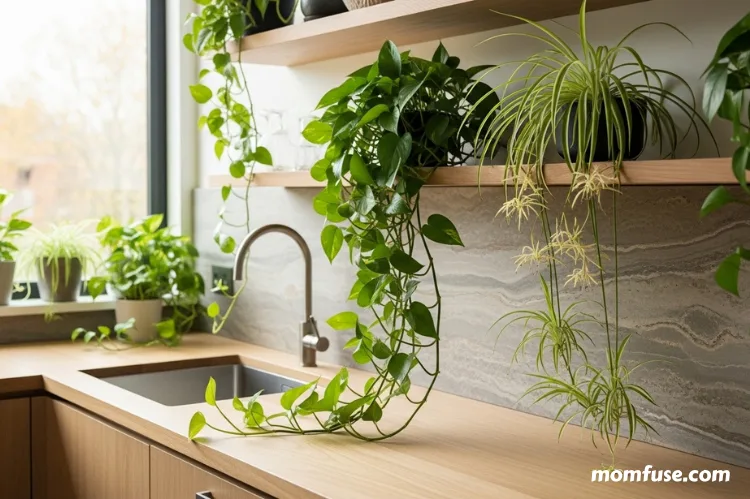
Introduce low‑maintenance plants such as pothos, spider plants, or small succulents. Greenery filters air and brings a sense of life to hard surfaces. A great option would be to place pots on floating shelves, countertops, or hanging planters to create visual interest.
Choose herbs near the prep area for easy access and a fresh aroma while cooking. Plants remind the mind of the source of food, encouraging healthier choices and a more profound respect for ingredients.
Smooth, Quiet Water Flow
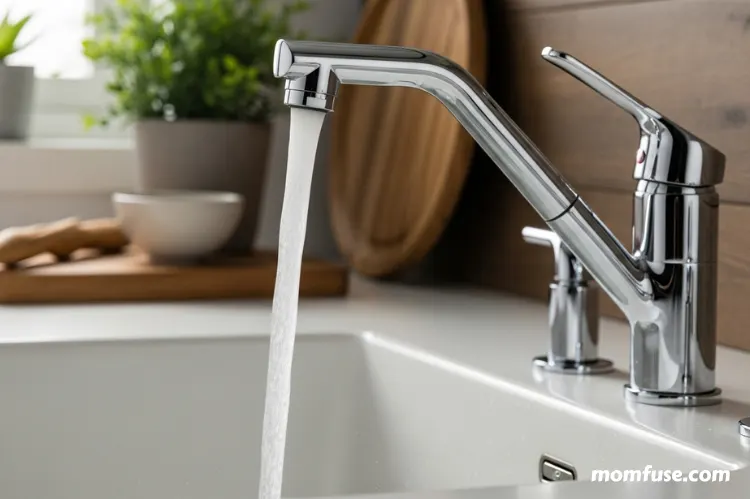
Water features are essential for kitchen wellness. Installing a reliable kitchen aerator can soften water flow, reduce noise, and create a more peaceful cleaning experience. A steady, gentle stream makes rinsing vegetables and filling pots feel almost meditative.
Choosing smart devices like an aerator with precise engineering to prevent splashes and maintain consistent pressure can enhance your kitchen’s calm environment, turning everyday tasks into soothing rituals and reinforcing the kitchen’s role as a peaceful retreat.
Layer Textures for Comfort
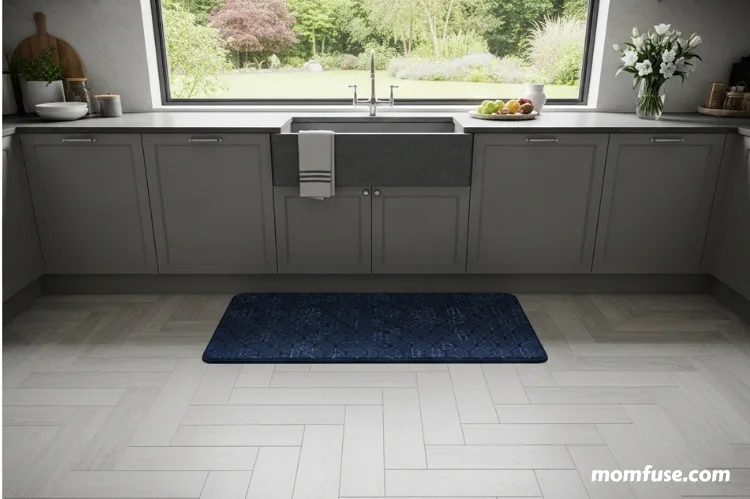
Textures and layers play a significant role in good interior design. Mix soft textiles with harder surfaces to add warmth and reduce noise. Place a cushioned anti‑fatigue mat in front of the sink or stove to support tired feet. Use woven cotton towels and linen napkins that feel soft to the touch. Natural fiber rugs can absorb sound and define zones without cluttering the space.
Design an Efficient Workflow
An efficient workflow is a must for a wellness-focused kitchen. Plan the layout around a clear work triangle: fridge, sink, and stove. Aim for minimal steps between these points to reduce physical strain. For example, wide pathways allow two people to move comfortably at once.
Pull‑out drawers and open shelving keep utensils and tools visible and within reach. When everything has an intuitive place, meal prep flows smoothly, leaving headspace free for creativity and enjoyment rather than frantic searching.
Tame Clutter with Thoughtful Storage
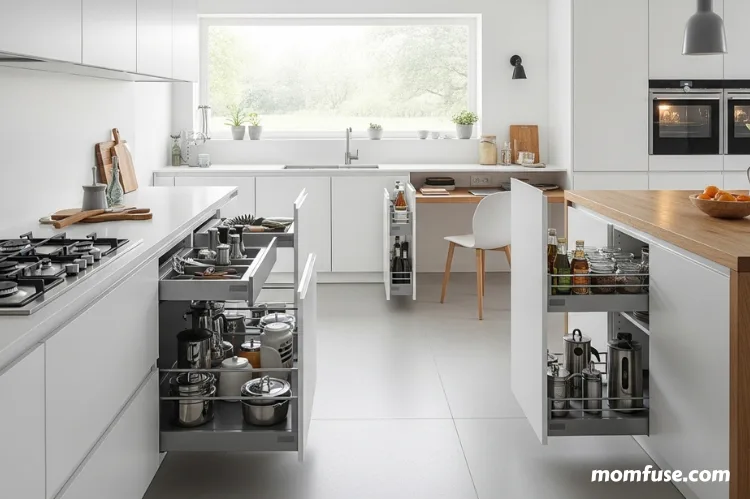
Keep countertops clear by hiding less‑used items. Use deep drawers with adjustable dividers to organize utensils, gadgets, and cookware. Install pull‑out pantry systems for spices and dry goods, so everything remains visible at a glance.
Transparent containers preserve freshness and speed up ingredient selection. Labels on jars and bins prevent confusion and simplify restocking. Remember, a calm, clutter‑free environment supports a calm, focused mind.
Introduce Gentle Aromas
Scent plays a crucial role in the kitchen experience. When the space is quiet, you can place a small essential‑oil diffuser or simmer a pot with citrus peels and fresh herbs. Lavender or eucalyptus can relax the mind, while rosemary or lemon invigorates the senses. Keep fragrance subtle to complement, not compete with, cooking aromas. These gentle additions reinforce the kitchen as a place of wellness, where every sense finds balance and delight.
Final Thoughts
A wellness kitchen promotes healthier habits and calm. Small changes, like soothing colors or having gentle scents, enhance routines. Natural materials, smart layouts, and sensory touches create a nurturing space, helping you create a wellness-focused culinary experience.
Read Next: Cooking With Kids Can Be a Fun and Rewarding Experience

